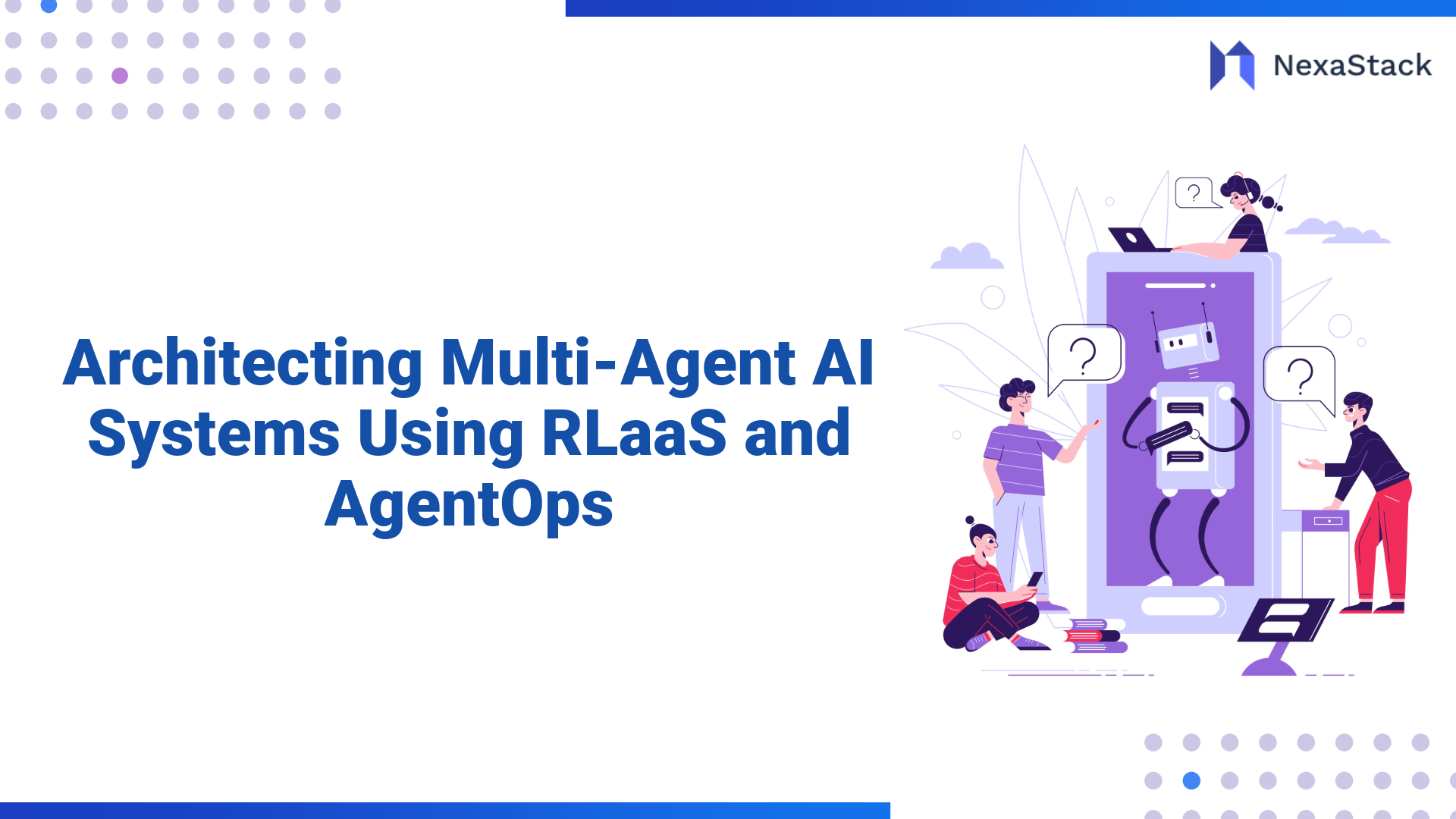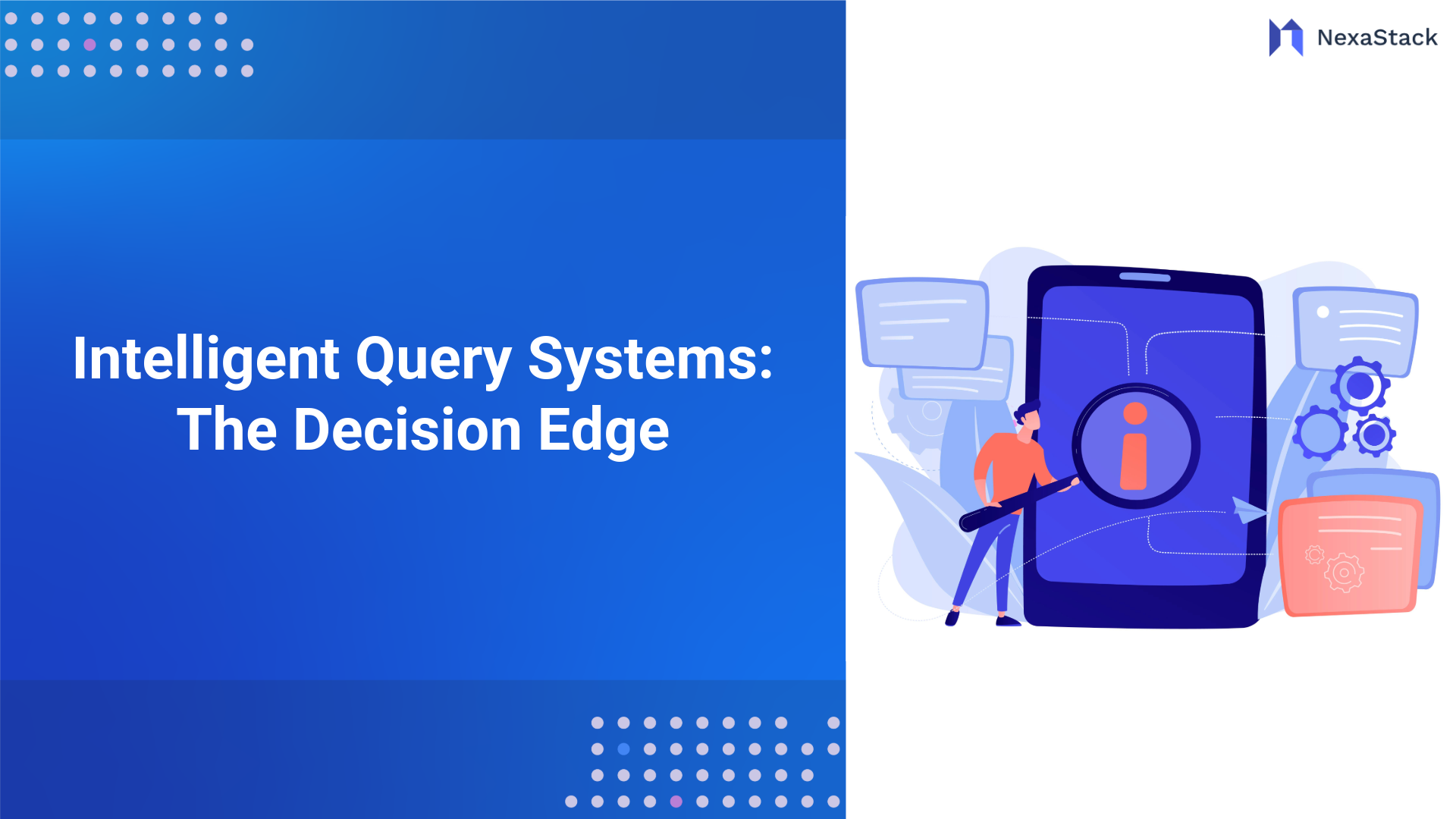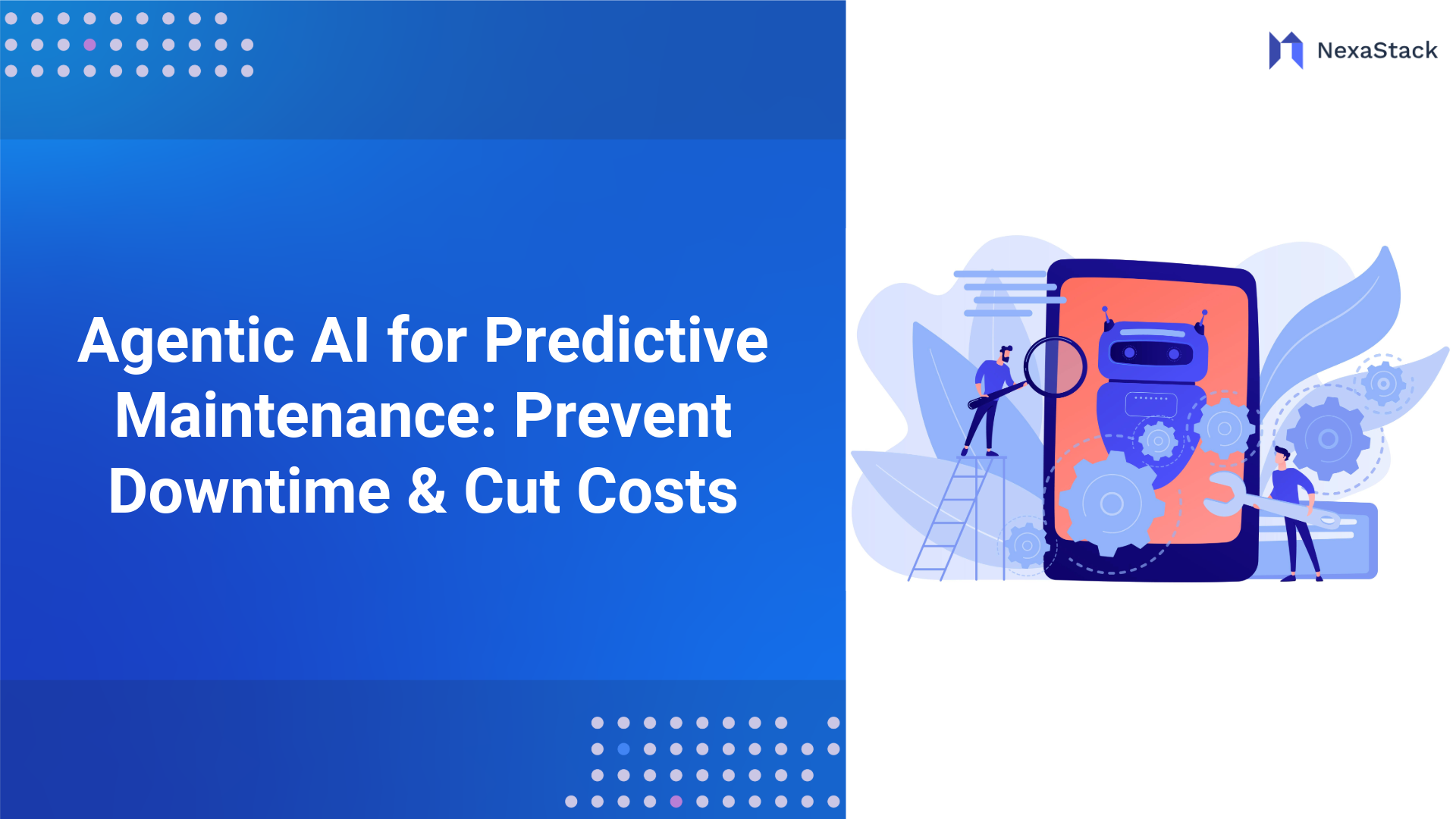Emerging Frameworks: Autogen, LlamaIndex, Semantic Kernel, CrewAI, and AWS Orchestration
The AI ecosystem now includes several advanced frameworks that help accelerate development and deployment:
Autogen enables orchestration of multiple interacting agents, fostering dynamic task allocation and collaboration.
-
LlamaIndex focuses on integrating large language models (LLMs) with structured enterprise data, enhancing data retrieval and decision-making.
-
Semantic Kernel enhances semantic reasoning, adding contextual intelligence which is vital for nuanced decision-making.
-
CrewAI supports collaborative workflows among multiple agents to optimize cross-functional operations.
-
AWS Orchestration Framework provides robust, enterprise-grade scalability and integration with AWS cloud services.
These frameworks are integral to building next-generation agentic AI that is flexible and scalable.
Strategic Planning for Implementation
Organizational Readiness and Use Case Prioritization
Before adopting AI agents, enterprises must evaluate their digital maturity. This involves accessing existing IT systems, cloud readiness, and data architecture for compatibility with NexaStack's hybrid & on-premises support and Akira AI's Agentic Platform.

A critical planning phase involves mapping business pain points to potential AI solutions. The combined solution offers an extensive library of pre-built AI agents to help prioritise high-impact areas and accelerate implementation:
-
From NexaStack: Agent SRE, Agent RAI, SAIF Aviator, and development blueprints (Grocery Agent, DesignOps Agent, HR Agent, Supply Chain Agent)
-
From Akira AI: Customer Service Manager, AWS Ops Agent, Agent Analyst, and domain-specific agents for HR, RAI, and SRE functions
This comprehensive agent library lets organisations quickly identify and implement the most relevant use cases based on potential ROI and strategic alignment.
Resource Planning and Implementation Roadmapping
A clear financial and resource plan is essential. This includes human resources (ensuring teams have the necessary skill sets or hiring new talent), technical investments (budgeting for cloud infrastructure, software licenses, and integration costs), and time allocation (setting realistic timelines for pilot projects and full-scale deployments).
Infrastructure Requirements and Agent Design Principles
Building an enterprise-grade AI agent necessitates a robust technical foundation. This includes cloud infrastructure (cloud platforms like AWS for scalability and reliability), computing resources (high-performance servers and data storage that can handle large volumes of real-time data), and security systems (safeguards such as encryption, access control, and regular security audits).
-
Cloud infrastructure: NexaStack's unified inference engine supports any model and any cloud deployment. Enterprises can choose from a list of LLMS with one click and deploy them in production.
-
Computing resources: NexaStack's resource optimisation features work to dynamically allocate GPU/CPU resources, ensuring high utilisation and performance efficiency optimised for both latency and throughput.
Development Methodology and Testing Protocols
Adopting an agile development cycle is crucial. This cycle involves rapid prototyping (quickly developing MVPs to test core functionalities), iterative testing (continuous integration and testing to resolve issues early in the development process), and feedback incorporation (using user feedback to refine agent behavior and improve efficiency).
Integration Strategy and Execution
Smooth integration requires mapping AI agent functions to existing IT ecosystems. This involves analysing current IT systems and ensuring interoperability with new agent technology, implementing robust data exchange protocols between various systems, and facilitating organisational readiness for integration by planning training and support systems.
APIs are the conduits connecting AI agents to the enterprise. This includes using standardised protocols to ensure broad compatibility, creating flexible systems that allow agents to interact with both internal and external services, and enabling dynamic and secure data flows that underpin the agents' decision-making processes.
Integrating with legacy systems often requires tailored solutions. These may involve custom-built connectors or API wrappers to enable communication between old systems and new AI agents, or use GUI Automation, where agents perform actions on the website.
Governance and Ethical Considerations
AI agents must operate within established legal and ethical boundaries. This involves compliance with global and local standards such as GDPR, HIPAA, or CCPA; embedding compliance directly into the agent's development and operational processes; and scheduling periodic assessments to ensure ongoing adherence.
NexaStack's governance framework ensures AI agents operate within established legal and ethical boundaries:
-
Compliance adherence: The platform's policy-as-code and compliance checks prevent unauthorised behaviours and provide audit trails for regulatory needs.
-
Human oversight: NexaStack's Agent RAI embeds real-time risk scoring, ethical guardrails, and quality assurance into AI workflows.
-
Proactive risk management: The SAIF Aviator agent provides proactive threat assessment and security posture management for AI deployments.
Value Analysis and ROI Framework
A detailed ROI framework is essential to justifying the investment in AI agents. This involves quantifying improvements in process speed and reduced error rates, measuring reductions in labor and operational expenditures, and evaluating improvements in decision-making that yield long-term benefits. A transparent ROI assessment establishes the value proposition for ongoing and future AI initiatives.

-
Total Cost of Ownership Analysis
Consider the entire lifecycle cost of AI agent implementation. This includes capital expenditures on infrastructure, software, and training; ongoing expenses related to maintenance, updates, and support; and potential additional investments as the system expands.NexaStack's intelligent scheduling and FinOps agents help minimise cloud spend while meeting SLAS. -
Measuring Productivity Impact and Decision Quality Improvements
Link agent performance directly to productivity by measuring time saved and output quality improvements, evaluating how offloading mundane tasks to AI enables staff to focus on high-value activities, and quantifying these improvements to justify the broader implementation of AI across the enterprise.Assess how AI agents contribute to better outcomes through improved forecasting and risk assessments, more rapid responses to market conditions or operational issues, and greater depth and nuance in strategic analysis. Collectively, these improvements contribute to a sustained competitive advantage.
-
Building the Business Case Through Competitive Advantage
Real-world examples underscore the strategic benefits of AI agents. This includes documented examples where AI agents have enhanced operational efficiency, industry comparisons showing how AI-driven processes outperform traditional methods, and demonstrations of how AI contributes to carving out a competitive edge. Building a business case with tangible examples helps drive stakeholder buy-in and further investment.
Future-Proofing the AI Agent Framework
NexaStack's composable & extensible architecture, with modular blueprints and open APIs, allows organisations to stay at the forefront by exploring innovations:
Integration Roadmap for Next-Generation Enterprise Systems
Future-proof your agents by designing them for compatibility with emerging technologies. This includes enabling seamless interaction with smart sensors and real-world data through Iot devices, improving transparency and security through blockchain and secure ledgers, and opening new channels for data visualisation and interactive decision support through augmented and virtual reality. Forward-looking integration is key to maintaining technological leadership.
Strategic Innovation Planning and Regulatory Adaptation
Maintain compliance in a shifting legal landscape. This requires regularly reviewing and updating compliance standards and integrating software that monitors and adjusts to regulatory changes. Ensuring adaptability minimises legal risk and builds trust with regulators.
By utilising NexaStack’s comprehensive platform, enterprises can accelerate toward implementing sophisticated, autonomous AI agent systems while ensuring security, scalability, and governance—all critical factors for successful digital transformation in today's competitive landscape.






